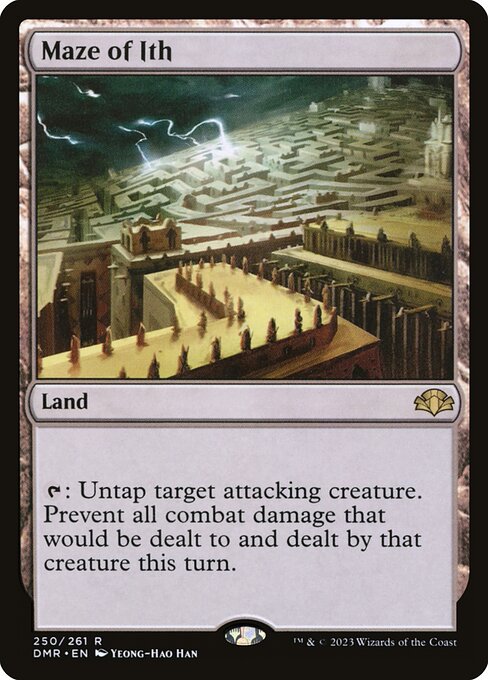Deck & Commander Strategies

Betor, Kin to All
Ramp aggressively and cast Dragonstorm spells to generate multiple dragon tokens and overwhelm opponents with storm value and big creatures.

The Dalek Emperor
Deploy the commander quickly and use its villainous choice ability to force opponents into sacrificing creatures or allow the creation of multiple artifact menace tokens, pressuring opponents' boards.

Minsc & Boo, Timeless Heroes
Play a Gruul stompy deck focused on ramping into large threats and using Minsc & Boo’s counters and abilities to generate value and deal combat damage efficiently.

Zirda, the Dawnwaker
Utilize cost-reduction and threaten effects to temporarily take control of opponents’ permanents, disrupting their plans and leveraging stolen resources for advantage.
Gameplay Insights
- 1
The Dalek Emperor’s villainous choice ability created significant board tension by forcing opponents to sacrifice creatures or allow the creation of 3/3 menace tokens, which shifted the game’s tempo and pressured the board state.
- 2
Zirda’s ability to activate on opponents' creatures to make them unable to block and temporarily control threats added a disruptive layer that forced players to adapt their combat and blocking strategies.
- 3
The ramp strategy of the Gruul deck enabled casting high-cost creatures and commanders quickly, but the deck had to contend with control and sacrifice effects from opponents.
- 4
Early plays such as Adeline, Jackal of the Fleeting Race generating ramp triggered multiple times, accelerating the deck’s mana development and improving tempo.
- 5
Choosing when to keep mana open for blockers and reactive plays proved crucial, especially with the presence of menace tokens and control threats on the board.
Notable Cards
-

Foundry Inspector
-

Goblin Bombardment
-

Maze of Ith
-

Rampant Growth
-

Nature's Lore
Gameplay Summary
The game began with all players ramping and developing their boards cautiously, with the Gruul stompy deck quickly establishing ramp and threat presence.
The Dalek Emperor player aimed to deploy their commander early to leverage its villainous choice ability, forcing opponents to sacrifice creatures or allow the creation of menacing artifact tokens, putting pressure on the table.
Meanwhile, the Zirda deck utilized temporary control and threat effects by enabling spells and taking over opponents' permanents, adding a layer of political and board manipulation dynamics. A key turning point was when the Minsk & Boo commander entered the battlefield, generating incremental value and counters, while the Dalek Emperor's ability pressured opponents into difficult decisions about their board state.
The Betor, Kin to All deck focused on Dragonstorm synergies, ramping heavily but taking a slower approach to casting their commander.
The game’s tempo shifted when control effects and the villainous choice forced the board into chaos, with players losing creatures and shifting control, leading to a dynamic and unpredictable board state.
The Dalek Emperor’s recurring threat tokens and the political interplay from Zirda's theft effect became pivotal in maintaining board presence, while the ramp-heavy Gruul deck tried to capitalize on its raw power and combat pressure.


















![Commanders of Baldur's Gate Showcase [Commander VS 297] | Magic: the Gathering Commander Gameplay thumbnail](https://i.ytimg.com/vi/Z5TTX2J1LjQ/sddefault.jpg)




























